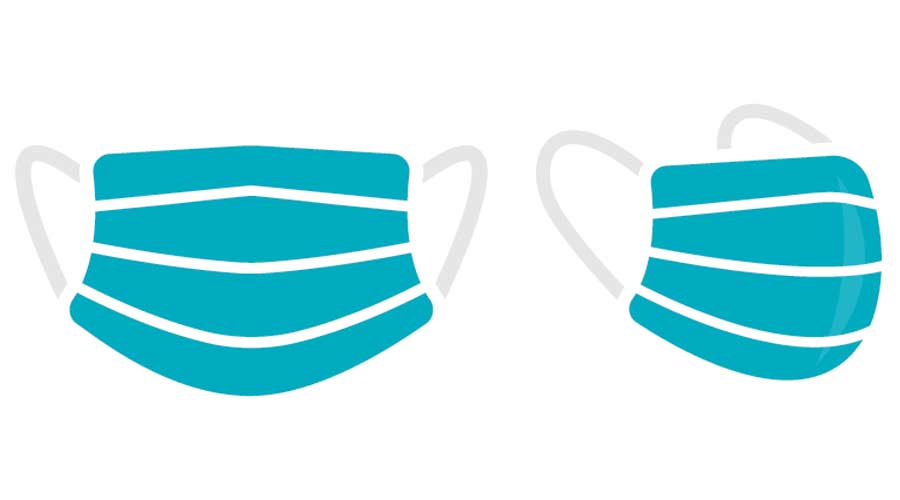
While the Centers for Disease Control and Prevention (CDC) recently relaxed their guidelines on the use of masks in healthcare settings, APIC has a different recommendation for employees in-question.
In late September, the CDC suggested that facilities base masking requirements on Community Transmission levels, but APIC believes all employees in patient care or healthcare sectors continue to wear masks when considering the upcoming flu season and increase of indoor gatherings that will loom in the winter months.
In particular, APIC released the following:
“While APIC understands that many healthcare employees have grown weary of masking, we do not believe it is wise to discontinue this evidence-based, COVID-19 mitigation strategy — especially as we enter what is predicted to be a severe flu season, with COVID-19 surges looming on the horizon. In addition, there is a seven-day lag in CDC COVID testing data which may limit the ability to detect surges in real time.
As healthcare professionals, we are obligated to protect the vulnerable patients entrusted to our care. It is for this reason that we take annual flu shots, and stay up to date with other immunizations, including COVID-19. Requiring masks of anyone who enters a healthcare setting, including employees, helps to ensure the safest environment for our patients.
Our members clearly understand that the pandemic is not over. Numerous indicators, including wastewater surveillance and rising case counts overseas, point to a potential wave of new COVID-19 cases in the coming months. When that happens, we will have to shift back to universal masking. Having a policy that changes back and forth is confusing to healthcare personnel and erodes trust. Furthermore, rising COVID cases could lead to healthcare worker shortages, a situation we all want to avoid.
APIC encourages its members to continue universal masking policies in all patient care areas. With more than 300 Americans still dying each week from COVID-19 and a virulent flu season predicted, now is not the time to risk patient or healthcare worker safety.”
For additional information on personal protective equipment (PPE), click here.

 The Down and Dirty on Cleaning in Virus Season
The Down and Dirty on Cleaning in Virus Season How Surfactant Use is Expanding in Commercial Cleaning
How Surfactant Use is Expanding in Commercial Cleaning